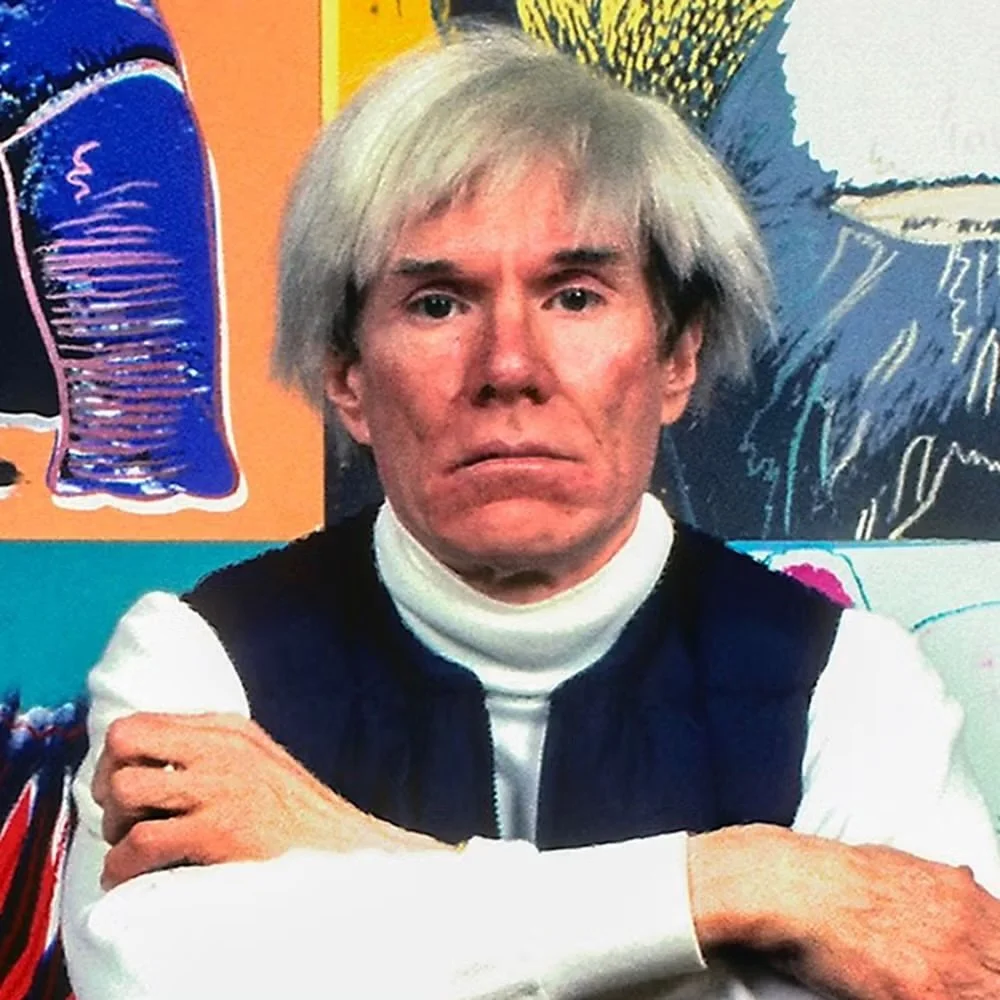Loosening the grip of BDD
In collaboration with the BDD Foundation.
Project overview
Who did it and how?
I independently led this research to iteration completion through making quick, accurate decisions on what methods to use, how to analyse data and how to utilise it to design a mobile application for BDD patients which will relieve the distress caused by their symptoms.
I carried out the process abiding to a UX process, paying close attention to the details to ensure every process was carried out to an incredibly high standard. I also ensured the app was accessible to all users in accordance with WCAG 2.2 Guidelines.
When did I do it?
I carried out this UX study from 15th January 2025 to 15th March 2025 to complete a first draft iteration. The BDD Foundation did not set a deadline, however, I work best with a deadline so I created one for myself.
Why did I do it?
Selfishly, I wanted to improve my own rate of recovery - However, I also wanted to help others. BDD is severely under represented and diagnosed in society - It’s prevalence is certainly much higher than the numbers reflect. If I can help those who can’t access therapy but can access a smart phone to use this app I know I’ve done something to help in the mission to fight back against the BDD voice.
What were the challenges?
BDD is a very personal, sensitive mental health disorder which must be handled with a high degree of care. There are ethical and privacy limitations which make it difficult to recieve feedback from BDD patients. Moreover, many people with BDD don’t realise they have it as they just think they’re ugly. This means the data recieved does not reflect the entire population of those affected. To add, the sample size is small the findings are not 100% generalisable to the wider BDD population. Personal challenges involved not inflicting my own biases upon the data findings, however, I avoided this through self awareness and separating my own thoughts from the data visually.
“Preoccupation with one or more perceived defects or flaws in physical appearance that are not observable or appear only slight to others”
— Body Dysmorphic Disorder; Diagnostic and Statistical Manual of Mental Disorders, 5th Edition.
01. Discovery
“I was just ugly”
“I tried to fix myself, but I couldn’t”
Aoife, 7 years old, Disneyland Paris, 2003.
My story
I have suffered with BDD since I was 7 years old. However, It’s only in the past year that I realised I had BDD. I always just thought there was nothing mentally wrong - I was just ugly.
The only person that managed to convince me otherwise was my incredible therapist, Mona. She has studied and trained for many years to help people like me recover.
I have now been in therapy for 1 year, and I have gained a life outside of the four walls of my home. However, therapy isn’t cheap - So eventhough it certainly helps, I also, ironically, get anxiety from having to fork out for it.
BDD isn’t easy to recover from. I have to maintain acutely self aware of what my triggers are, and what safety behaviours might I be engaging in which are endangering my long-term recovery.
With this being said, I checked for an all encompassing app to keep me on track. That app did not exist.
And so, with that, I set myself the task to make one.
FAMOUS FACES WITH BDD
Starting to delve deeper
The BDD Foundation has provided an excellent stepping stone for those seeking help. But what about those who aren’t ready to talk to someone about their condition? Or who haven’t quite reached acceptance to feel confident that they do have BDD. What if they just want an easy platform, which requires little effort, with no cost and can help them make that initial first step?
EVIDENTLY, these questions show I just want to make it as easy and pain free as possible for people to access support. But, what would that look like? A smartphone app would be an easy answer, but had it been done already?
After doing a Apple store search for “BDD” I found ONE mobile application:
Perspectives





